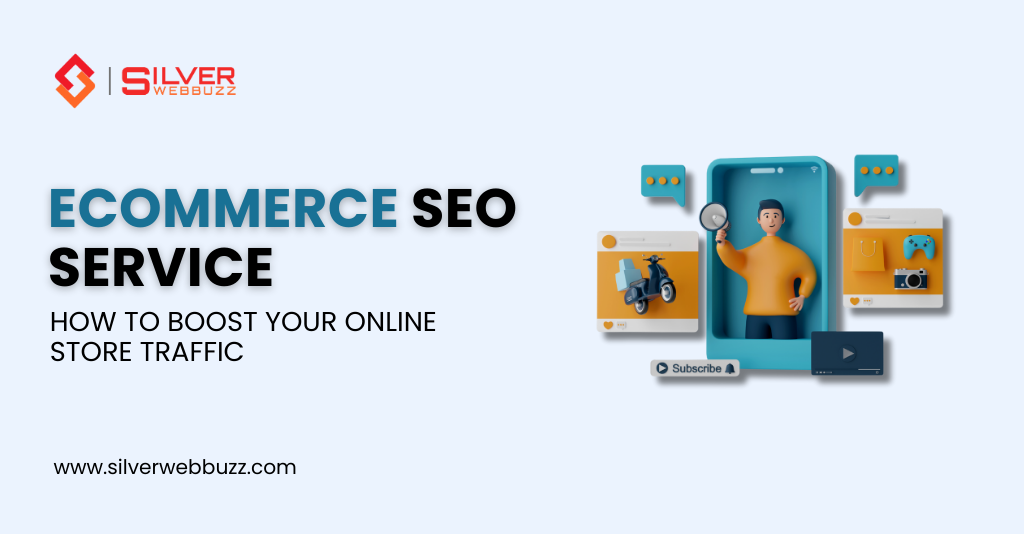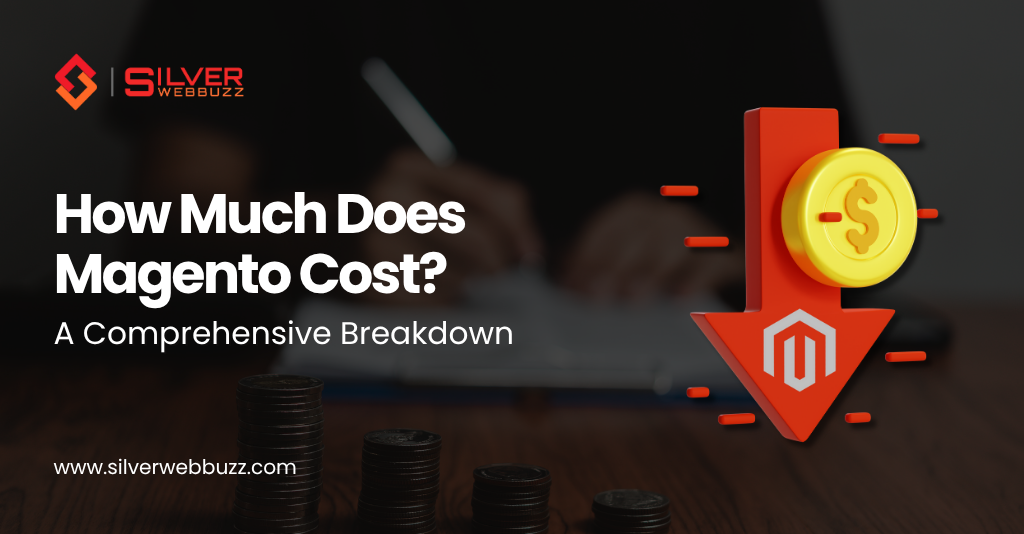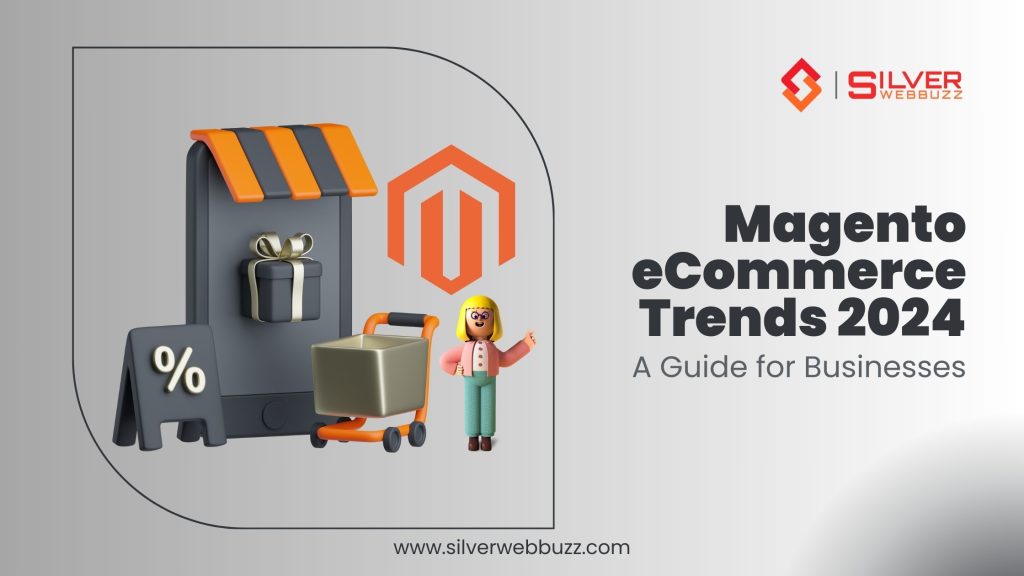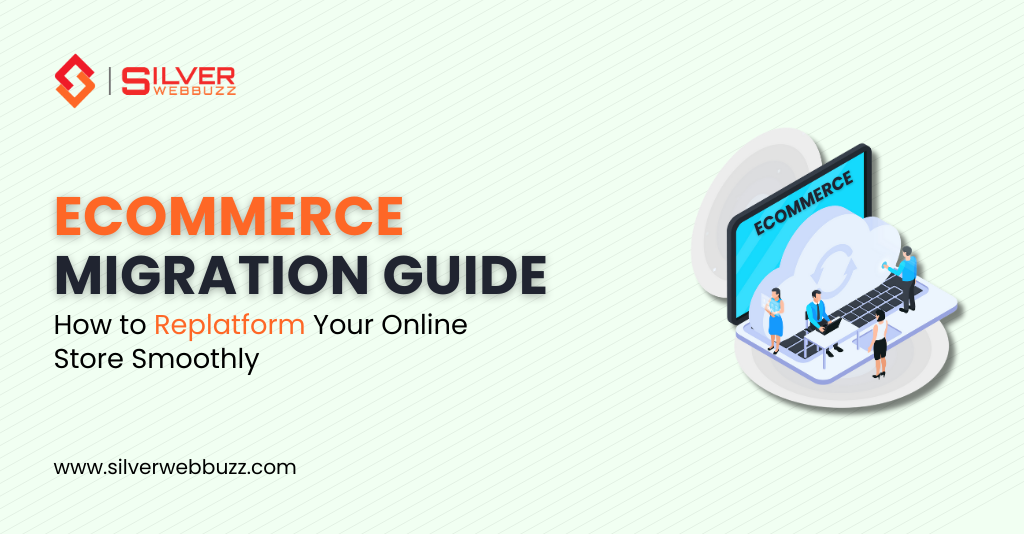The eCommerce landscape in 2025 is more competitive and promising than ever. As more businesses pivot online, organic search remains the backbone of scalable, long-term growth. But traditional SEO alone won’t cut it anymore. That’s where an eCommerce SEO Service comes in: a focused, strategic solution tailored for online stores.
With the rise of AI-powered search, generative engine optimization (GEO), and answer engine optimization (AEO), the SEO playbook is evolving. In this guide, you’ll learn how modern SEO services align with the latest trends and help you outpace the competition.
Key Takeaways
- eCommerce SEO Services go beyond traditional SEO to include AI optimization, structured data, and product feed strategies.
- Intent-focused keyword mapping now beats keyword stuffing for ranking.
- Future-proof SEO includes GEO, AEO, and multimodal content optimization.
- DIY SEO can work early, but expert services unlock long-term, scalable growth.
What Is an eCommerce SEO Service? A Modern Definition
An eCommerce SEO Service is a specialized SEO approach tailored to the needs of online stores. Unlike general SEO, this service focuses on:
- Optimizing product, collection, and category pages.
- Speed improvements and mobile-first indexing.
- Structured content designed for AI-driven search.
- Enhancing product feeds for marketplaces and shopping engines.
In 2025, modern SEO services are evolving to optimize for how search engines generate and present answers. That means creating content not just for rankings, but also for answer boxes, voice search, and AI summaries.
Why eCommerce SEO Services Still Matter in 2025
In 2025, amidst AI-driven search engines and constantly shifting algorithms, one truth remains unchanged — organic search is still a top revenue channel, driving up to 33% of traffic for many online stores. But how that traffic is earned has evolved dramatically.
An effective eCommerce SEO service is no longer just about rankings — it’s about visibility where it matters most: AI Overviews, product-rich snippets, answer engines, and voice search. As AI-powered platforms begin to reshape how consumers find and engage with content, brands that fail to adapt risk losing organic reach altogether.
The real value of SEO lies in its long-term return on investment. While paid media can deliver immediate spikes, it’s SEO that builds a sustainable foundation — especially when paired with smart ecommerce optimization techniques like structured data, AEO (Answer Engine Optimization), and GEO (Generative Engine Optimization).
Core Pillars of eCommerce SEO Service
1. On-Page Optimization
Often, the first step in any seo ecommerce platform strategy, on-page SEO lays the groundwork for relevance, discoverability, and conversion.
a. Title Tags, Headers, and Meta Descriptions
Your title tag isn’t just a ranking factor — it’s your click magnet. For product and category pages, use target ecommerce SEO keywords that reflect search intent (e.g., “Buy Waterproof Hiking Boots” instead of just “Hiking Boots”).
- Title Tags: Keep them under 60 characters, include the primary keyword early.
- H1 Headings: Match the title or describe the product clearly.
- Meta Descriptions: Aim for emotional connection + keywords, around 155–160 characters.
These elements define on-page SEO for ecommerce and help search engines better categorize your pages.
b. Product Descriptions
Avoid one-line specs or manufacturer copy. Write rich, multi-sentence descriptions that anticipate customer questions, highlight benefits, and appeal to buying intent. Content should be AIO-ready (Answer-Intent-Optimized), meaning it’s clear, factual, and structured to support AI-powered search results.
c. Schema Markup
Implementing a schema tells search engines exactly what your page is about.
- Product schema highlights pricing, availability, and reviews in search results.
- Breadcrumb schema improves crawlability and internal navigation.
- Review schema builds trust and earns stars in SERPs.
These enhancements boost visibility, click-through rates, and help meet the standards of the best SEO ecommerce sites.
2. Technical & Performance SEO
Even the best content won’t rank if your site is slow, unresponsive, or difficult to crawl.
a. Mobile-First, Fast, and User-Centric Design
With mobile shopping dominating in 2025, performance is everything. Focus on:
- Responsive design for seamless experiences across devices.
- Image optimization with next-gen formats like WebP.
- Lazy loading for better page speed.
- Core Web Vitals (LCP, FID, CLS) for usability signals.
Search engines are placing increased emphasis on user experience, making this a crucial part of any retail SEO strategy.
b. Crawlability & AI Indexing
A technically optimized store is one that search bots (and now AI bots) can easily understand and index.
- Robots.txt: Properly manage crawl access.
- Sitemaps: Keep them dynamic and updated.
- LLMs.txt: A new protocol for allowing or disallowing AI and LLM (Large Language Model) crawlers to access your content.
Structured data continues to matter as AI search tools like Google’s AI Overviews and Perplexity.ai rely on clearly defined context to serve better answers. This is the future of seo for retail.
3. Content Strategy & Internal Architecture
Beyond products, your store should act like a helpful resource center. This builds relevance, authority, and improves topical coverage.
a. Blog Content & Informational Pages
A strong content strategy goes beyond selling. Focus on content formats that match your audience’s journey:
- Buyer’s Guides (“Best Office Chairs for Back Pain”)
- Long-Tail FAQs (“How to clean leather shoes naturally?”)
- Comparative Posts (“Leather vs. Synthetic Wallets”)
Each blog post should be optimized around long-tail ecommerce SEO keywords that draw informational intent, paving the way for AI search visibility.
b. Internal Linking & Architecture
The right ecommerce website optimization includes strong internal linking:
- Link from blogs to relevant product and category pages.
- Connect related product pages.
- Ensure breadcrumb navigation is present.
This structure supports better crawling, user journey, and SEO equity distribution across your site. Use proven ecommerce site search best practices to make content and products discoverable on-site, too.
4. Off-Page SEO & Authority Building
Authority is earned, not built overnight. For eCommerce, this means growing your reputation both online and off.
a. Backlinks and Brand Mentions
Build links from reputable sources like:
- Guest blogs on niche sites
- Resource mentions in industry publications
- Product reviews and feature lists
Collaborate with influencers and niche partners to amplify your presence, especially when promoting new collections or campaigns.
b. User-Generated Content (UGC)
Encourage customers to leave reviews, ask questions, and share feedback. These trust signals influence both SEO and conversions.
- Implement review schema markup
- Use Q&A sections on product pages
- Highlight customer stories on landing pages
This builds not only brand credibility but long-term search performance — an edge any SEO company for an ecommerce site will emphasize.
Next-Gen SEO: AEO, GEO & AI Integration
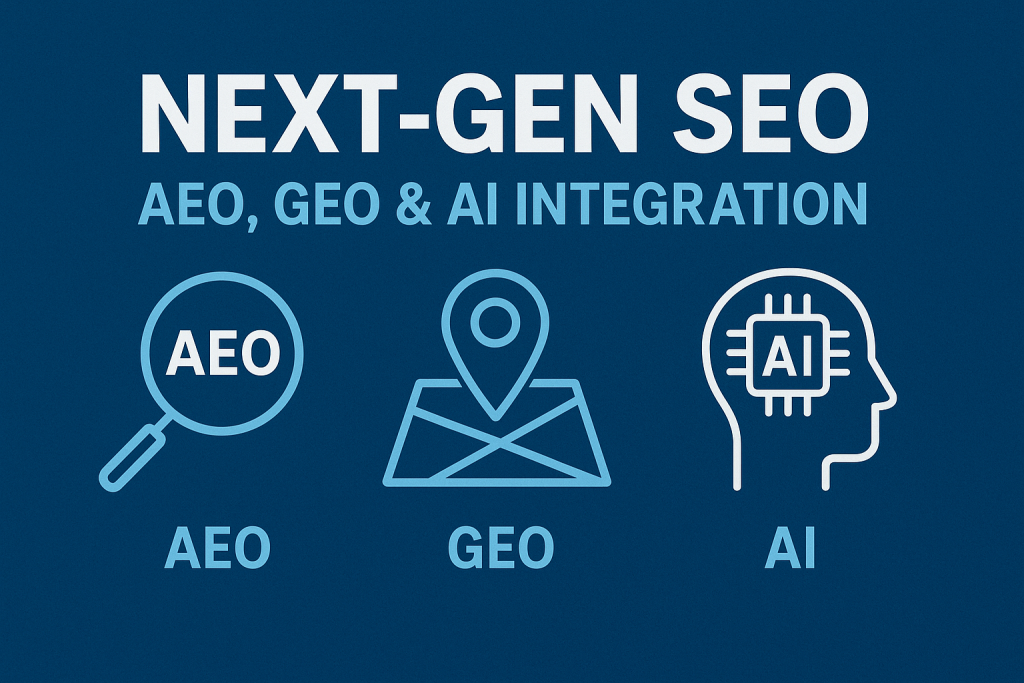
The future of search is no longer just about blue links, it’s about answers, conversations, and context. As AI-driven platforms like ChatGPT, Google’s SGE, and voice assistants reshape how users discover information, brands must evolve. That’s where AEO (Answer Engine Optimization) and GEO (Generative Engine Optimization) come into play, the heart of next-gen eCommerce SEO service.
AEO focuses on crafting content that mimics natural human queries. Think conversational FAQs, how-tos, and succinct answers that are easily picked up by AI-driven search interfaces. This helps your brand appear directly in voice responses, AI summaries, and featured snippets.
GEO goes deeper; it’s about creating rich, authoritative content that generative engines like ChatGPT or Google’s Gemini can trust and cite. Long-form guides, data-backed insights, and original research are the currency here.
Multimodal optimization enhances discoverability even further. By combining text, images, and video, you send richer signals to AI algorithms, improving engagement and ranking potential.
Local & Retail-Specific SEO Tactics
As more eCommerce businesses adopt hybrid models—combining online shopping with physical retail locations—local SEO becomes critical for maximizing visibility in geographic-based searches. Especially for eCommerce stores with brick-and-mortar outlets, optimizing for “local SEO for ecommerce” can drive foot traffic and convert nearby searchers into loyal customers.
The first and most impactful tactic is setting up and optimizing Google My Business (GMB). Accurate NAP (Name, Address, Phone Number), consistent business hours, and high-quality images build trust and improve local rankings. Additionally, leveraging local keywords like “organic skincare store in Austin” or “electronics store near Brooklyn” helps you capture geo-targeted searches.
Another underutilized asset? Store-specific schema markup and location-based metadata. By implementing LocalBusiness schema and marking up individual store pages with address, reviews, and product availability, you improve how search engines index and surface your physical presence in rich results.
In the age of omnichannel retail, SEO doesn’t end online. Omni-channel optimization involves aligning your website with real-world experiences—linking in-store events, seasonal promotions, and even real-time stock levels to corresponding landing pages. This not only helps with SEO but also enhances the user journey, turning local searches into in-person conversions.
A quality eCommerce SEO Service will tailor your strategy around both your digital storefront and physical footprint ensuring that your online visibility supports your offline growth.
Evaluating & Choosing an eCommerce SEO Service
With so many SEO providers in the market, finding the right eCommerce SEO Service can feel overwhelming. But not all SEO agencies understand the unique structure, buyer intent, and technical depth required to succeed in the online retail world.
Here’s what to look for:
1. eCommerce-Specific Experience
Your provider should have proven experience optimizing product catalogs, collection pages, filters, and dynamic URLs. Ask for case studies that show tangible improvements in rankings, traffic, or conversions—especially in high-competition verticals.
2. Mastery of AEO and GEO
With AI shaping how search engines deliver answers, understanding Answer Engine Optimization (AEO) and Generative Engine Optimization (GEO) is now critical. These strategies ensure your products show up in featured snippets, voice searches, and AI-generated summaries—especially important for mobile and voice shoppers.
3. Affordable vs Premium Services
There’s a growing demand for affordable eCommerce SEO that still delivers quality. While price matters, beware of cookie-cutter solutions. Low-cost providers often skip technical audits, structured data implementation, or content mapping—critical components of real success. Evaluate pricing alongside deliverables, reporting, and customization.
4. Watch for Red Flags
Avoid agencies that offer vague “SEO packages” without tailoring them to your product catalog or customer journey. If there’s no mention of AI-readiness, structured data, or intent-based content, that’s a sign they’re stuck in the past.
Implementation Roadmap: DIY vs. Hiring Pros
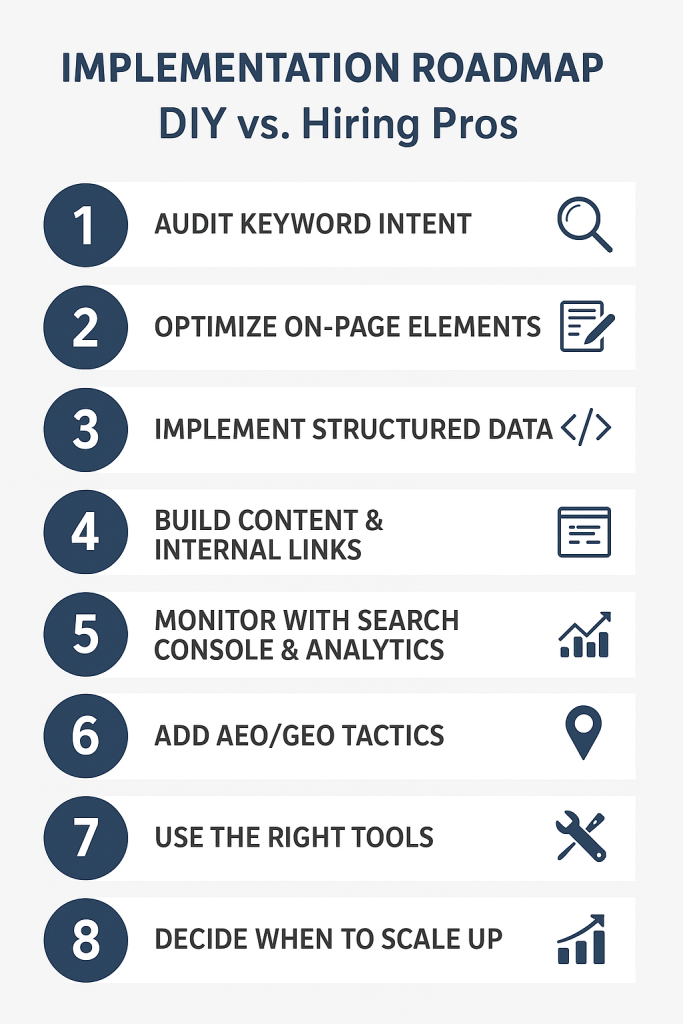
When it comes to optimizing your online store for visibility and conversions, you’ll often face a critical question: should you take the do-it-yourself route or invest in professional help? Both paths have value, but the best choice depends on your business stage, resources, and growth goals. Below is a practical roadmap to guide you through the implementation process.
Step 1: Audit Keyword Intent
Before any optimization, you need to understand what your customers are really searching for. Go beyond simple product names—look at transactional, informational, and navigational search intent. For example, someone searching “best running shoes under $100” has a very different intent from someone typing “Nike Air Zoom size 9.” A thorough keyword audit ensures that your strategy aligns with customer behavior and prevents wasted effort.
Step 2: Optimize On-Page Elements
On-page optimization is the foundation of any SEO for retail business. Start with title tags, meta descriptions, headers, and product descriptions. Each element should be descriptive, keyword-friendly, and crafted for humans first, not just algorithms. Adding unique product copy rather than relying on manufacturer descriptions can set your site apart and improve rankings on search engines for ecommerce websites.
Step 3: Implement Structured Data
Search engines love clarity, and structured data (schema markup) provides exactly that. By marking up product details, reviews, availability, and pricing, you help search engines display rich snippets that attract more clicks. For DIY enthusiasts, plugins and tools simplify the process. For larger catalogs, a professional eCommerce SEO service can automate schema implementation across thousands of product pages efficiently.
Step 4: Build Content & Internal Links
Beyond product pages, blogs, guides, and FAQs are essential for answering customer questions and driving organic traffic. An internal linking strategy ties everything together—linking from blog posts to product pages boosts authority and keeps users engaged. This is where many DIYers lose momentum, but consistency is what builds long-term results.
Step 5: Monitor with Search Console & Analytics
No strategy is complete without measurement. Google Search Console highlights indexing issues, while Analytics provides insights into traffic, conversions, and user behavior. Reviewing these regularly helps you see what’s working and what needs adjustment. DIY store owners often stop here, but professionals dive deeper into KPIs like revenue attribution, customer lifetime value, and advanced conversion tracking.
Step 6: Add AEO/GEO Tactics
Answer Engine Optimization (AEO) and Geographic SEO (GEO) are increasingly relevant in 2025. Optimizing for voice queries, featured snippets, and location-based searches ensures your store stays competitive. For small businesses with a physical presence, GEO tactics like local listings and map optimization can significantly boost visibility.
Step 7: Use the Right Tools
Even the best strategy falters without the right toolkit. Google’s free ecosystem (Search Console, Analytics, Keyword Planner) is invaluable. Beyond that, SEO platforms like Semrush, Ahrefs, and Moz provide deeper insights. AI writing assistants can help create product descriptions or content drafts faster, though human editing remains essential for brand tone and accuracy.
Step 8: Decide When to Scale Up
The final step is knowing when to move from DIY to hiring professionals. If you’re managing a few dozen products, DIY may be sufficient with discipline and time. However, as your catalog expands, technical challenges multiply—site speed, structured data at scale, advanced content strategies, and link acquisition become overwhelming. At this stage, partnering with a dedicated eCommerce SEO service or agency ensures you keep growing without sacrificing performance.
Future Trends & Staying Ahead
The digital landscape is evolving rapidly, and businesses that want to stay competitive must embrace new technologies and strategies. An eCommerce SEO Service is no longer just about ranking higher on Google—it’s about adapting to the way customers search and shop. Here are some of the future trends shaping the industry:
- Evolving AI Search: With tools like ChatGPT integrations and generative shopping, customers are getting faster, smarter responses. AI-driven product suggestions, along with features like virtual try-ons, will make shopping more interactive and engaging.
- Voice Commerce & Conversational Search: As smart speakers and mobile assistants grow, search engines for ecommerce website optimization must also focus on voice queries. Conversational search means targeting natural language and long-tail keywords.
- Personalization & Sentiment-Aware Recommendations: Advanced SEO for retail will involve understanding customer emotions. Sentiment analysis helps businesses craft product pages that feel personal, offering smarter recommendations and higher engagement.
- Continuous Optimization with AI: The future of SEO isn’t static. AI algorithms are constantly updating, and successful brands will focus on continuous monitoring, testing, and adapting to these changes.
By staying aligned with these trends, businesses can create future-ready strategies that drive visibility, trust, and long-term growth.
Concise Checklist for Busy Marketers
If you’re short on time but want to see results, here’s a practical checklist you can follow to strengthen your online visibility. This quick guide highlights the essentials that every marketer should keep in mind:
- Use eCommerce SEO Service – Partnering with experts ensures that your online store is optimized for higher rankings, better user experience, and long-term growth without wasting resources.
- Align with Buyer Intent & AI Search – Understand what customers are searching for, not just keywords. With the rise of AI-driven search engines, tailoring content to buyer intent is more critical than ever.
- Optimize Pages, Speed, and Schema – Make sure product pages load quickly, are mobile-friendly, and include structured data. This helps search engines for eCommerce websites index your content more effectively.
- Publish Deep, Relevant Content – Go beyond surface-level product descriptions. Create guides, FAQs, and blogs that answer real customer questions and provide value at every stage of the buying journey.
- Monitor Results & Adapt to AI Trends – Track rankings, traffic, and conversions. As AI shapes how people search, adapt your strategies to stay ahead of changing algorithms and user behaviors.
By following this checklist, busy marketers can stay focused on what truly drives growth. The key is consistency small, strategic actions add up to stronger rankings, more traffic, and better conversions over time.
Partnering with Silver Webbuzz for eCommerce SEO Growth
Partnering with Silver Webbuzz, an expert ecommerce Development Services, means working with a team that understands the future of online retail. Our eCommerce SEO strategies are designed to boost traffic, improve user experience, and drive more sales in 2025.
From technical SEO and mobile-first optimization to content and conversion strategies, we ensure your store stays ahead of the competition. With proven expertise and data-driven results, Silver Webbuzz is the partner you can trust to grow your online business.
Ready to scale your store? Reach us today!
